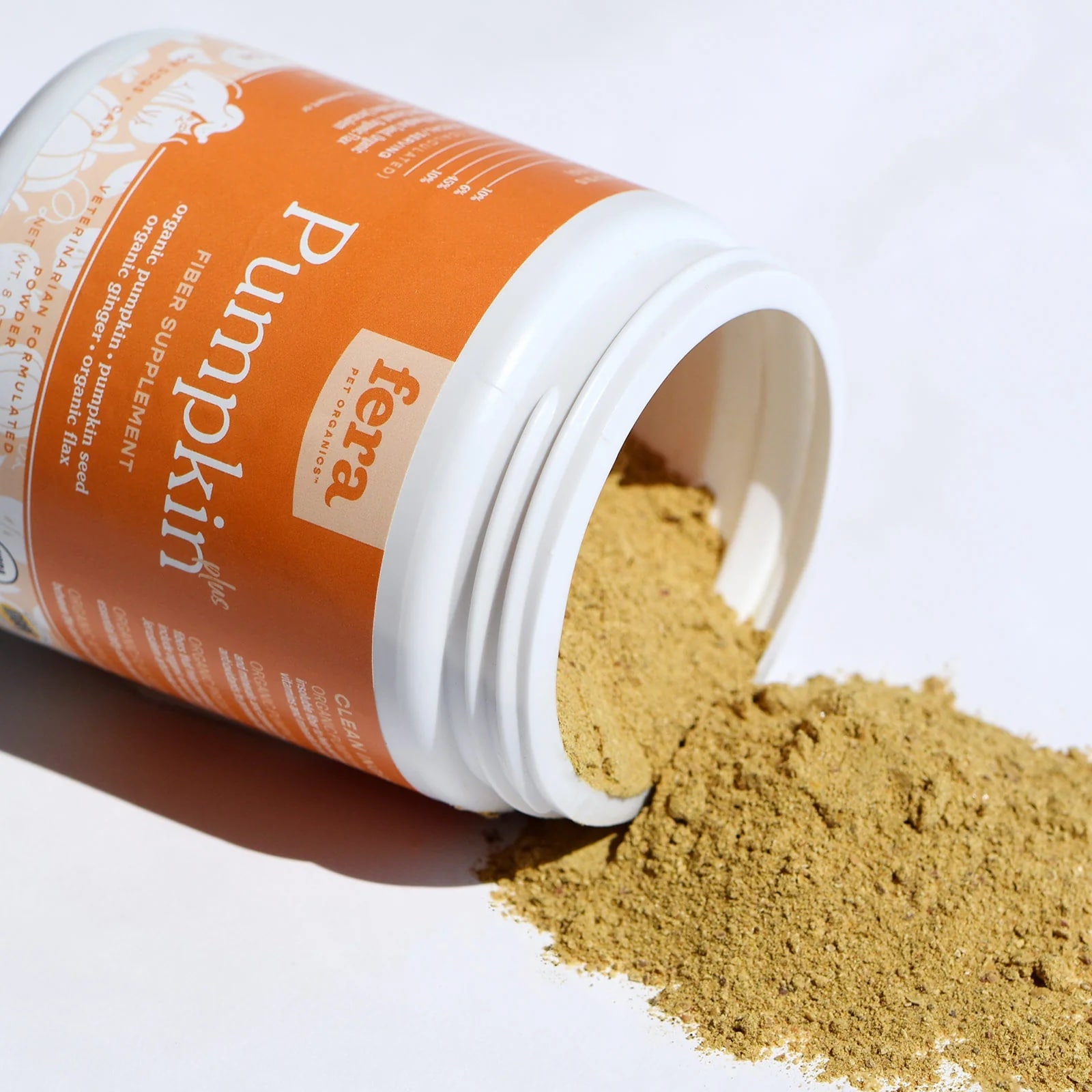
If your dog experiences a seizure, it can be a frightening and distressing situation. However, it’s crucial to stay calm and take appropriate steps to

If your dog experiences a seizure, it can be a frightening and distressing situation. However, it’s crucial to stay calm and take appropriate steps to

In recent years, the COVID-19 pandemic has raised many concerns about the transmission of the virus between humans and animals. As pet owners, it’s natural

Tips for Fostering Puppies: 10 Tips I Follow Myself in my Fostering Experience Tips for fostering puppies can be found EVERYWHERE, but are they really

We wanted to give you an update on Purina heavy metals test results, because the verdict is in! Numerous pet owners are worried about giving

If you’ve noticed your Great Dane’s paws suddenly sporting a concerning shade of red and appearing inflamed, it’s completely understandable that you may be concerned!

Bloat is no joke, and the stakes are higher when you’re dealing with larger breeds. So, grab a cup of coffee, get cozy, and let’s

Is my dog in pain? This is one nagging question that I have asked myself ever since Gigi, my Great Dane, was diagnosed with Wobblers

In the world of canine nutrition, certain topics tend to spark a whirlwind of controversy and misinformation. The topic of whether mushrooms are safe for

Hello, and welcome to my blog about 5 ways to boost joint health in big dogs! As a big dog owner myself, I know that

I would love to share with you some amazing insights about how pumpkin can positively impact your dog’s health. Did you know that pumpkin has